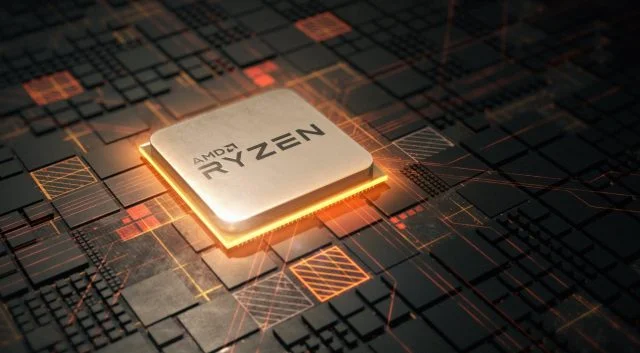AMD last year put the entire tech industry on notice, that notice being we're here to stay and we're aren't going anywhere. That was more evident when they launched their new Zen CPU architecture better known as the Ryzen 1000 series. The multi-colored CPU gained positive reviews by the masses, so much, Intel in an unconventional manner altered their release schedule and even made changes to their pricing. As you well know for a long time Intel were the dominant players in the chip industry, AMD being viewed as "Oh yeah, they make processors also" a hint of sarcasm from me because AMD past gen processors weren't well received from mainstream system builders.
The Ryzen 1000 series processors was what consumers like myself was waiting for from AMD, produce a processor ( or processors plural) that rivals Intel in terms of performance and reliability. Giving consumers optional choices.
So what does AMD do for an encore this year? Breakout the Ryzen 7 2700X and 2700, and Ryzen 5 2600X and 2600 processors, code name Pinnacle Ridge.
So instead of breaking down the entire spec sheet on each processor, lets outline some of the changes and improvements made, and have some features remain the same.
Image Source: AMD
The Improvements and Changes
Seemingly with Pinnacle Ridge AMD is following Intel's tick-tock processor development model by slightly tweaking the new Ryzen 2000 series, the entire chip itself is produced on a 12nm process instead of the 14nm process.
The implemented changes from the Ryzen 7 1800X to Ryzen 2700X include a 100MHz increase in both base and boost clocks, and now supporting DDR4-2933 memory. The TDP on the Ryzen 2700X also is increased by 10W, with the core clock frequency increased, a slightly higher TDP wattage is expected.
With the Ryzen 5 2600X, its boost clock frequency is up about 200MHz with DDR-2933 memory support all while maintaining the same 65W TDP .
There's also a big improvements in Latency, the L1 cache is much improved by about 13%, as with the L2 cache which have the biggest latency boost at 34%, and finally with the L3 cache the latency improves by about 16%. The system DRAM is also improved at 11% . Pricing on the new Ryzen processors are up by about $30 dollars, retailing for $329 is the Ryzen 7 2700X from $299 with the Ryzen 7 $299, the Ryzen 5 2600X $299 from $199 with the 2600.
So Whats Remained The Same?
Though there are improvements to AMD's newest gen processors, remaining the same is the AM4 CPU socket, the Cores and Threads numbers also stays the same ( Ryzen 7 2700X 8/16 and Ryzen 5 2600X 6/12). And what about the PCIe lanes ? Yes that too remains the same at 16 lanes.
All and all....
Once again it looks like we have a another processor from the Ryzen that will seemingly garnish some positive reviews from many hardware reviewers and consumers. The features are more refined and sticks to the competitive pricing script. I definitely will include the Ryzen 7 2700X or 2600X in a future build. Update to follow.



